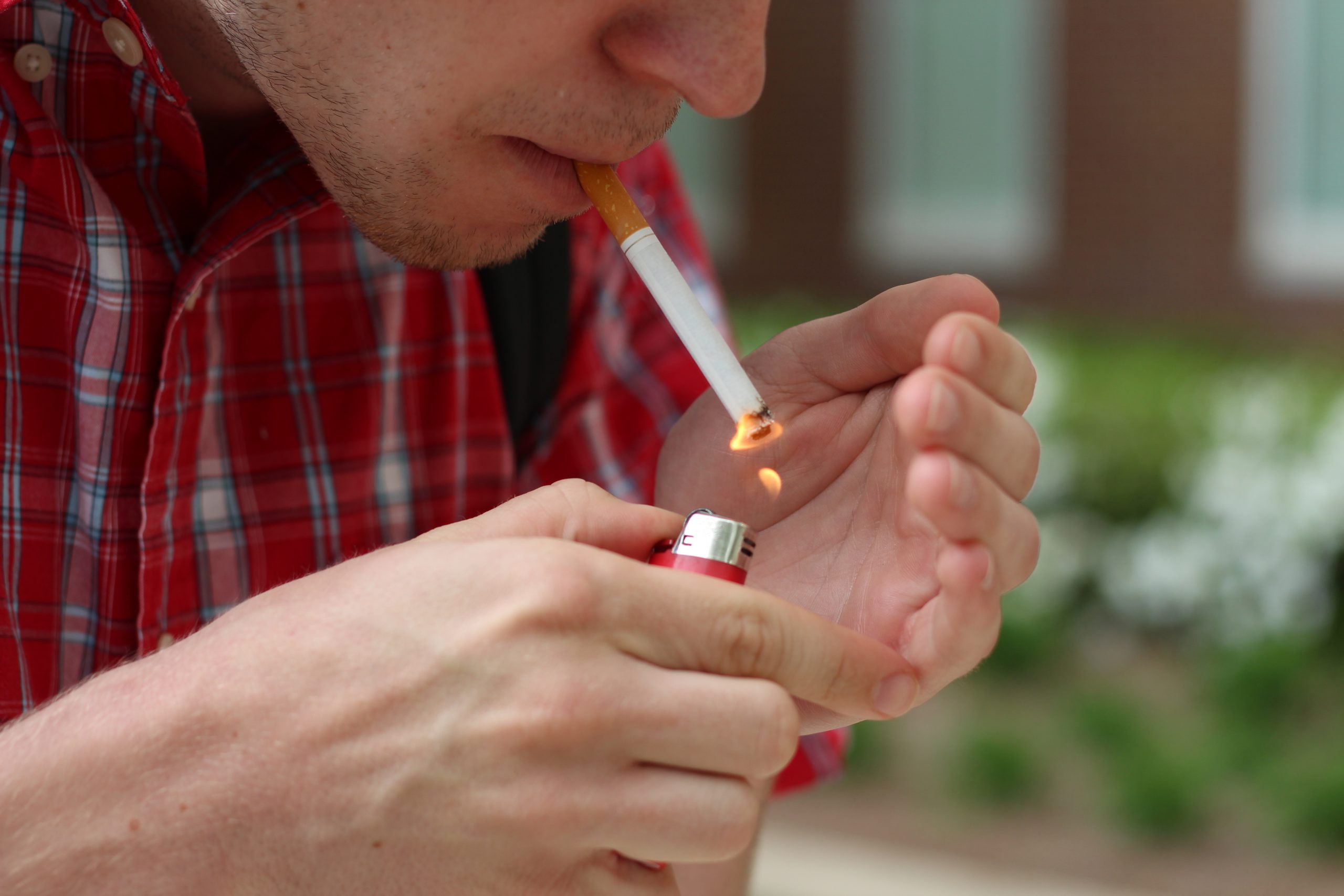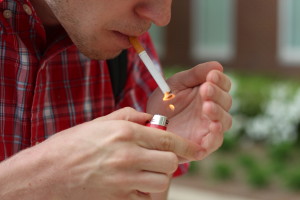

Photos by Ralph Hernandez | The Signal
Wherever you’re walking, chances are there are pieces of litter – whether big or small, paper or plastic – being passed by as you go. In Downtown Atlanta and other cities around the world, litter can almost fade into the background, a little noticed consequence of living in a heavily populated area.
But a new app is hoping to put litter in the spotlight using still-photos shot by everyday pedestrians.
Introducing, “Litterati”, a “crowdsource-cleaning” app created to identify, map and collect the world’s litter. The goal is simple: smartphone owners download the app, take photos of litter they see, identify the type of litter with a keyword and throw the photographed garbage away in a nearby trash bin. Those photos are downloaded into the app’s “virtual landfill”, which is a collection of all the litter photographed in that location and beyond. The landfill’s geotags and keywords identify the most commonly found products and brands creating litter in that area.
The app’s creator, Jeff Kirschner, said that data will be used to help companies and organizations come up with more sustainable solutions.
“There’s a block in downtown Oakland that’s covered in blight. The ‘Litterati’ community got together and picked up 1,500 pieces, and here’s what we learned: most of that litter came from a very well-known taco brand,” Kirschner said in a recent TED talk. “Most of that brand’s litter were their own hot sauce packets, and most of those hot sauce packets hadn’t even been opened. The problem and the path to the solution – well, maybe that brand only gives out hot sauce upon request or installs bulk dispensers or comes up with more sustainable packaging.”
Kirschner said the app’s concept is similar to that of a camp director yelling out,” Quick! Everyone pick up five piece of litter.”
“You get a couple hundred kids each picking up five pieces, and pretty soon, you’ve got a much cleaner camp,” he said. “So I thought, why not apply that crowdsourced cleanup model to the entire planet?”
Kirschner gave another example of a group of fifth graders who discovered their most common type of litter were plastic straw wrappers from the school cafeteria. The students brought their findings to their principal, and the school stopped buying straws.
In California, the same method was used to raise taxes on one common source of litter: cigarettes.
“San Francisco wanted to understand what percentage of litter was cigarettes to create a tax. The city called me and asked if our technology could help. I’m not sure they realized that our technology was my Instagram account,” he said. “Four days and 5,000 pieces later, our data was used in court to not only defend, but double the tax, generating an annual recurring revenue of $4 million for San Francisco to clean itself up.”
The “Litterati” Instagram page shows creatively shot photographs of cigarettes, rusted cars, toy soldiers and other pieces of litter found on busy streets, open fields and dry desert roads.
“Every city in the world has a unique litter fingerprint,” Kirschner said, “and that fingerprint provides both the source of the problem and the path to the solution.”
